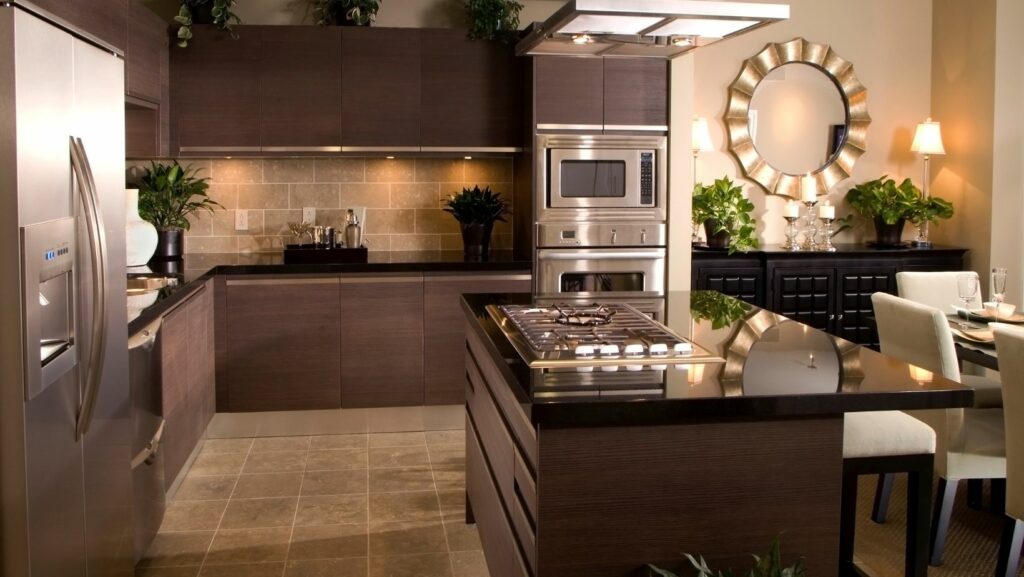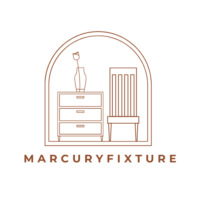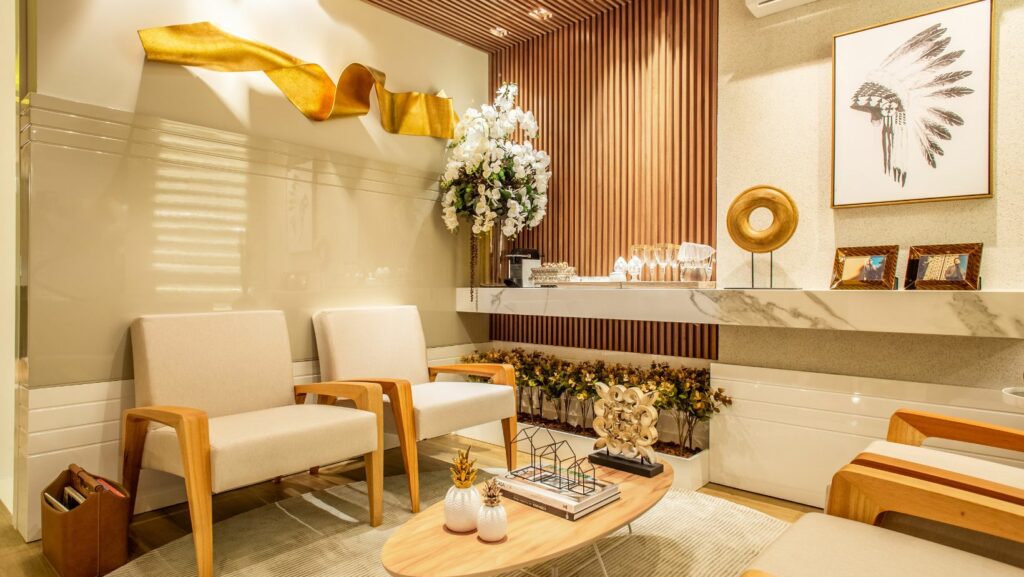Step into the world of Western interior design, where rustic charm meets modern elegance. This design aesthetic, deeply rooted in American history, is known for its use of natural materials, warm colors, and a distinct sense of comfort. It’s a style that’s as diverse as the vast landscapes of the West itself.
Western Interior Design

Tracing back its origins, Western interior design emerges from the American Old West. Resilient pioneers who carved homesteads out of an untamed environment informed this style. Inspired by their surroundings, they utilized available materials such as wood and stone, shaping a design aesthetic defined by durability and rustic charm.
From this historical context, the design style evolved, incorporating Native American motifs and Spanish influences. It embraced a symphony of natural elements, and vibrant yet warm colors, melding utilitarian function with an unpretentious artistic sensibility. A key characteristic lies in enhancing a sense of comfort, turning houses into welcoming homes.
Emphasizing these elements—wood and stone, natural hues, sturdiness, and warmth—the modern Western interior design style continues to charm its patrons. Offering versatility, it harmoniously blends rustic elements in urban settings or infuses cowboy chic into mountain retreats.
Popular Materials in Western Interior Design
Complementing its historical pedigree, popular materials in Western interior design perfectly illustrate the genre’s fusion of ruggedness and warmth. Foremost among these, wood continues as a classical gesture, transmitting the spirit of the wild frontier into modern homes. From oak furniture, embodying durability and strength, to cedarwood accessories, admired for their vibrant, warm hues, wood remains a staple, displaying unique character and patina over time.
In addition, leather, another material synonymous with Western design, adds a touch of sophistication and resilience. Exemplifying this, leathery couches, boots, belts, and hats serve as attractive décor staples, adding authenticity to any Western design scheme.
Lastly, artisanal textiles, merged from Native American and Spanish influences, incorporate bold patterns and vivid colors that further augment the character of Western interiors.
Key Color Palettes and Patterns

Western interior design exhibits a striking combination of warm hues and bold patterns. Characterized primarily by earthy tones, the palette finds inspiration in the natural landscapes of the American West. Shades of brown, beige, and burnt orange form the core, beautifully mimicking the sprawling prairies and spectacular sunsets. Deeper hues such as mahogany and chestnut often appear, symbolizing sturdy wooden furnishings.
Moreover, Western design embraces select cool tones, drawing from the wilderness’s soothing blues and greens. Subdued turquoise, for instance, harks back to Native American turquoise jewelry traditions. Accent colors including reds and golds, inspired by vibrant sunsets, play a substantial role.
As for patterns, Western interior design champions striking geometric and wildlife motifs. Traditionally, these patterns come from Native American and Spanish cultures, showcased in rugs, blankets, and cushions. A Navajo rug, with its intricate intertwining arrows, diamonds, and zigzags, not only introduces pattern but also reinforces the theme.
Avoiding monotony, Western interior design adeptly juxtaposes various patterns and colors. Texture adds depth to the color scheme, with materials like rough-hewn wood and supple leather enhancing the tactile appeal. Ultimately, it’s a design style that artfully balances rustic robustness with warm inviting aesthetics.
Iconic Furniture Pieces and Layouts
In Western interior design, there’s a pronounced reliance on solid, dependable furniture. Wrought iron beds, sturdy tables constructed from weathered wood, and cozy, plush sofas enveloped in buttery leather serve as cornerstones. Side panels, carved from oak or pinewood, often brandish intricate and artistic etchings, enhancing each piece’s character.

To enhance the room’s welcoming vibe, it’s recommended to arrange furniture cozyly and informally. Placing an oversized leather couch by the fireplace, around which the rest of the living room furniture orbits, for instance, is a classic western design layout.
Equally important, the inclusion of handcrafted pieces, especially storage items like cabinets, trunks, armoires bear symbolic ties to Western homesteads, their rustic wooden finishes fostering a sense of heritage and longevity. Together, these pieces, with their sturdy, time-worn construction and artisanal detailing, mirror the unfailing durability and rustic charm reminiscent of the American Old West.



